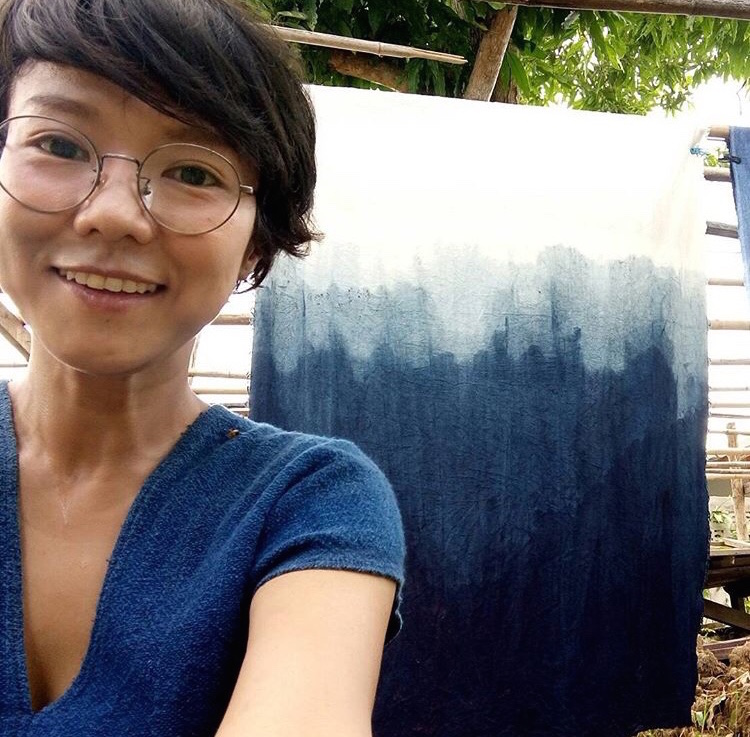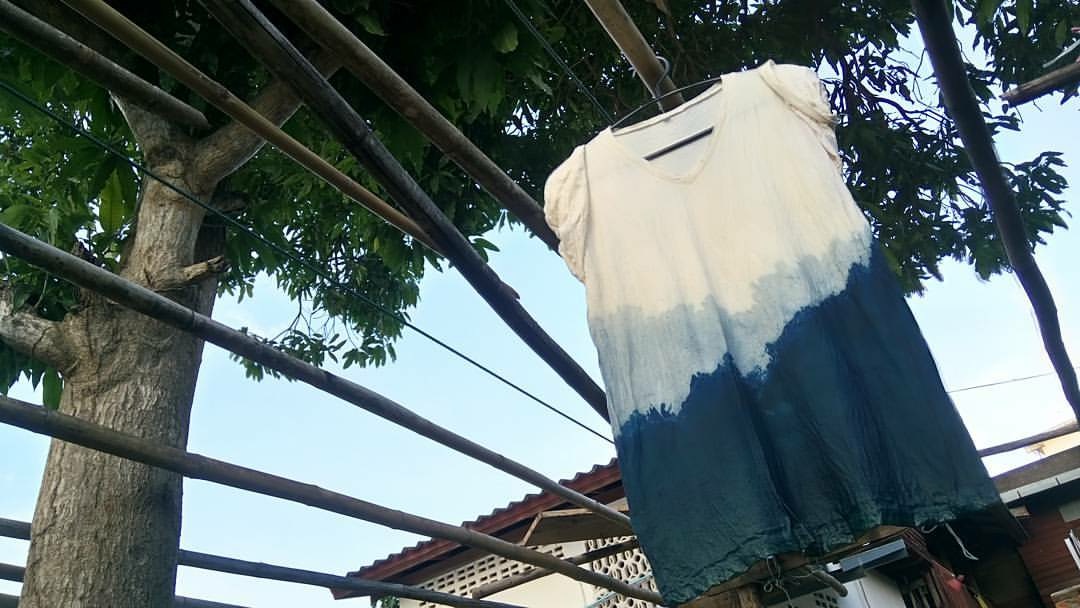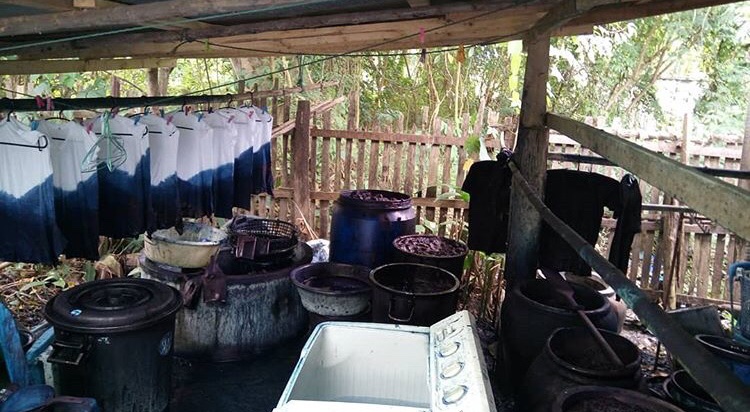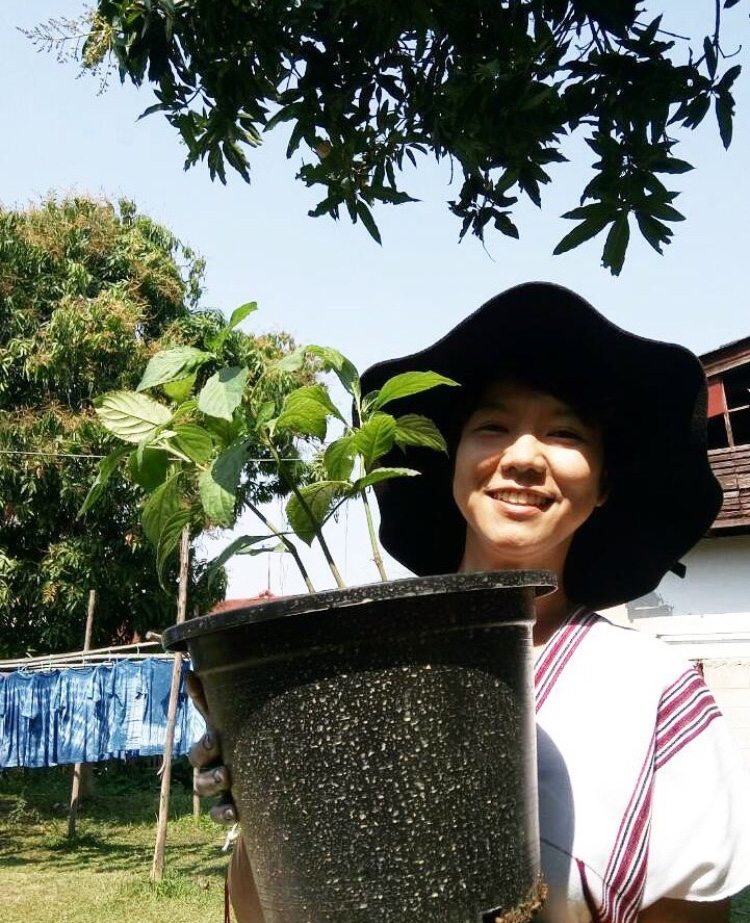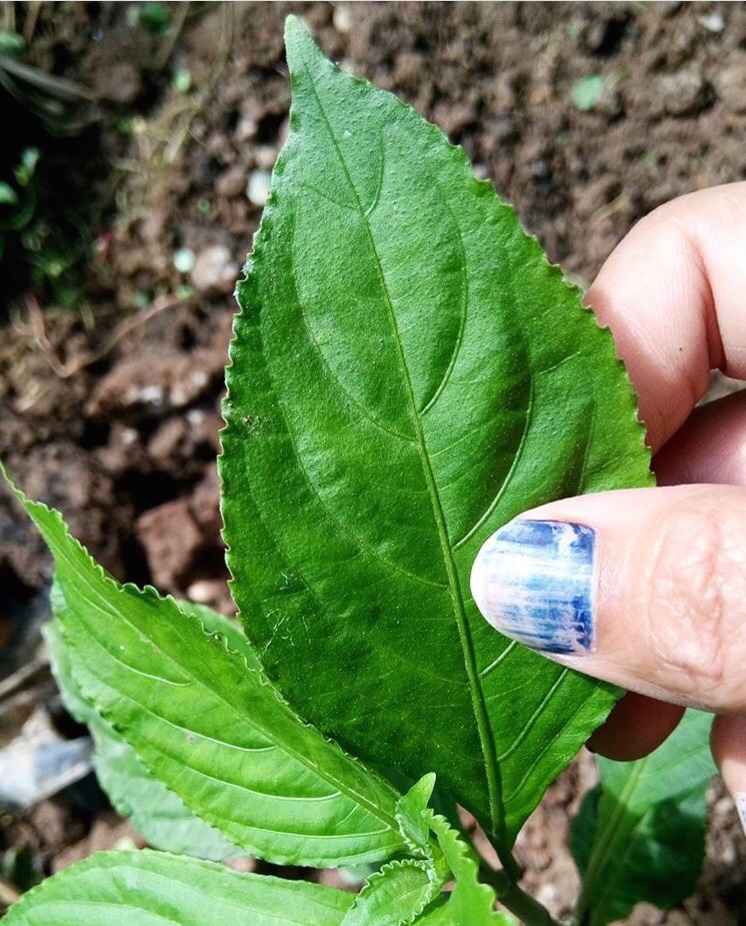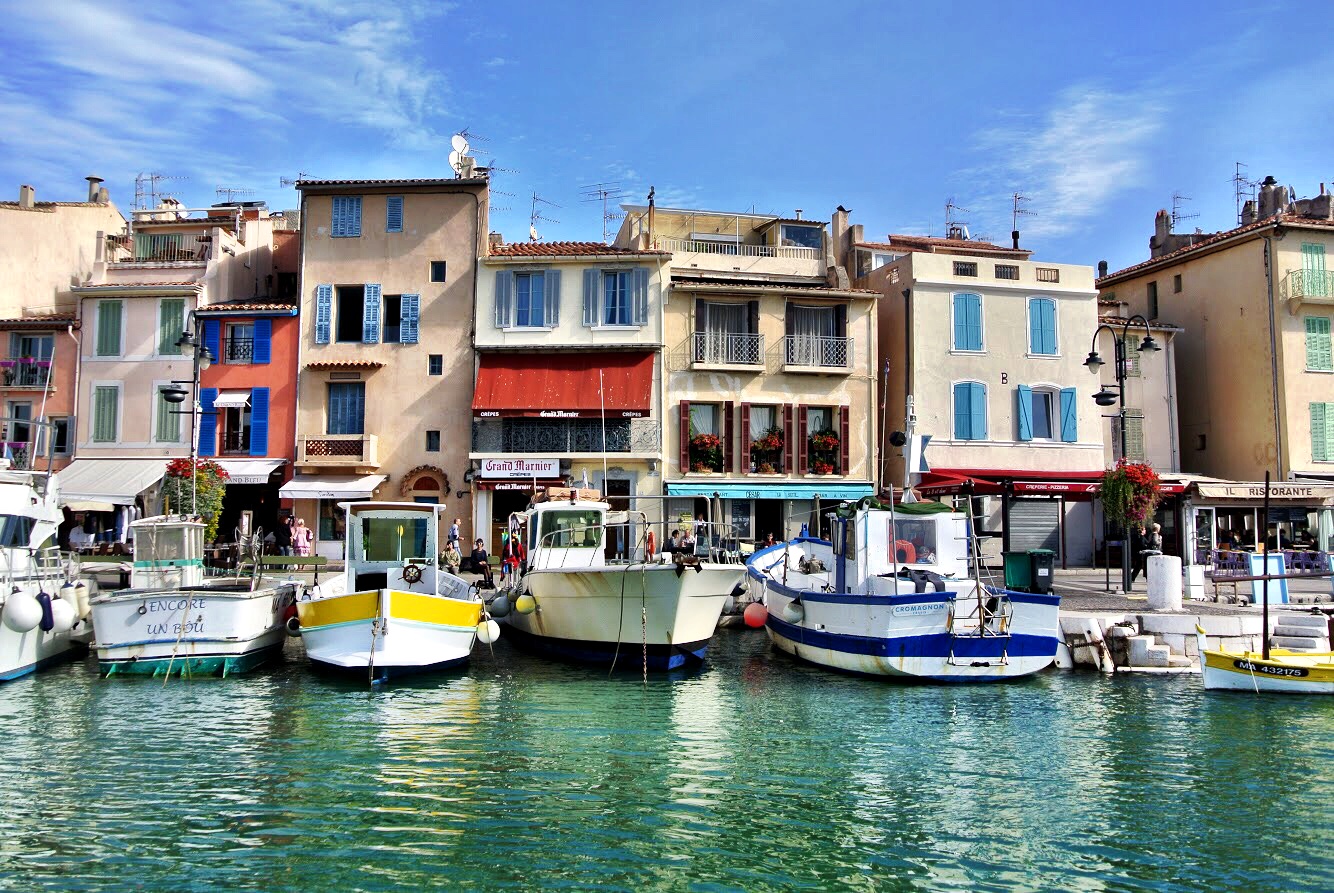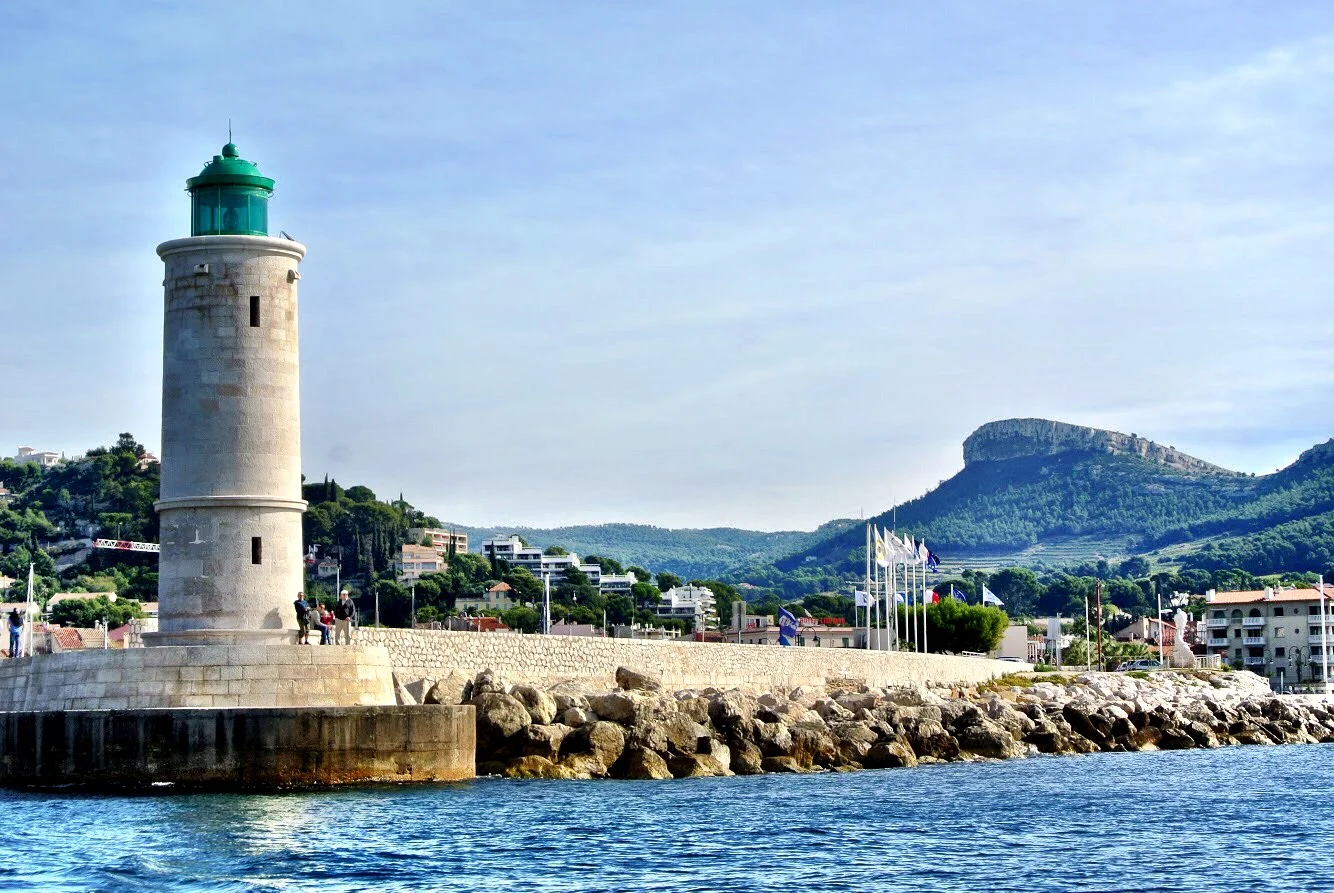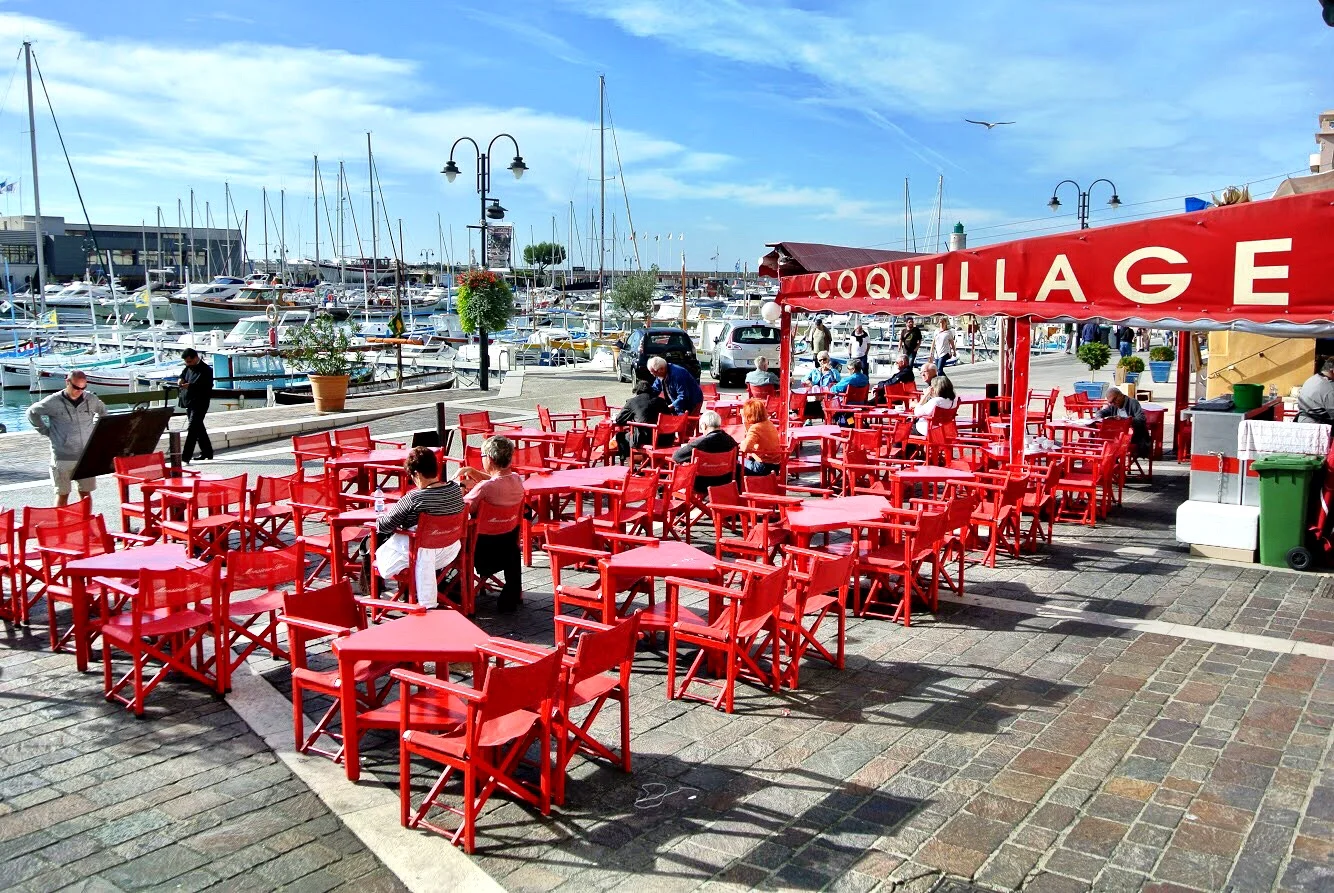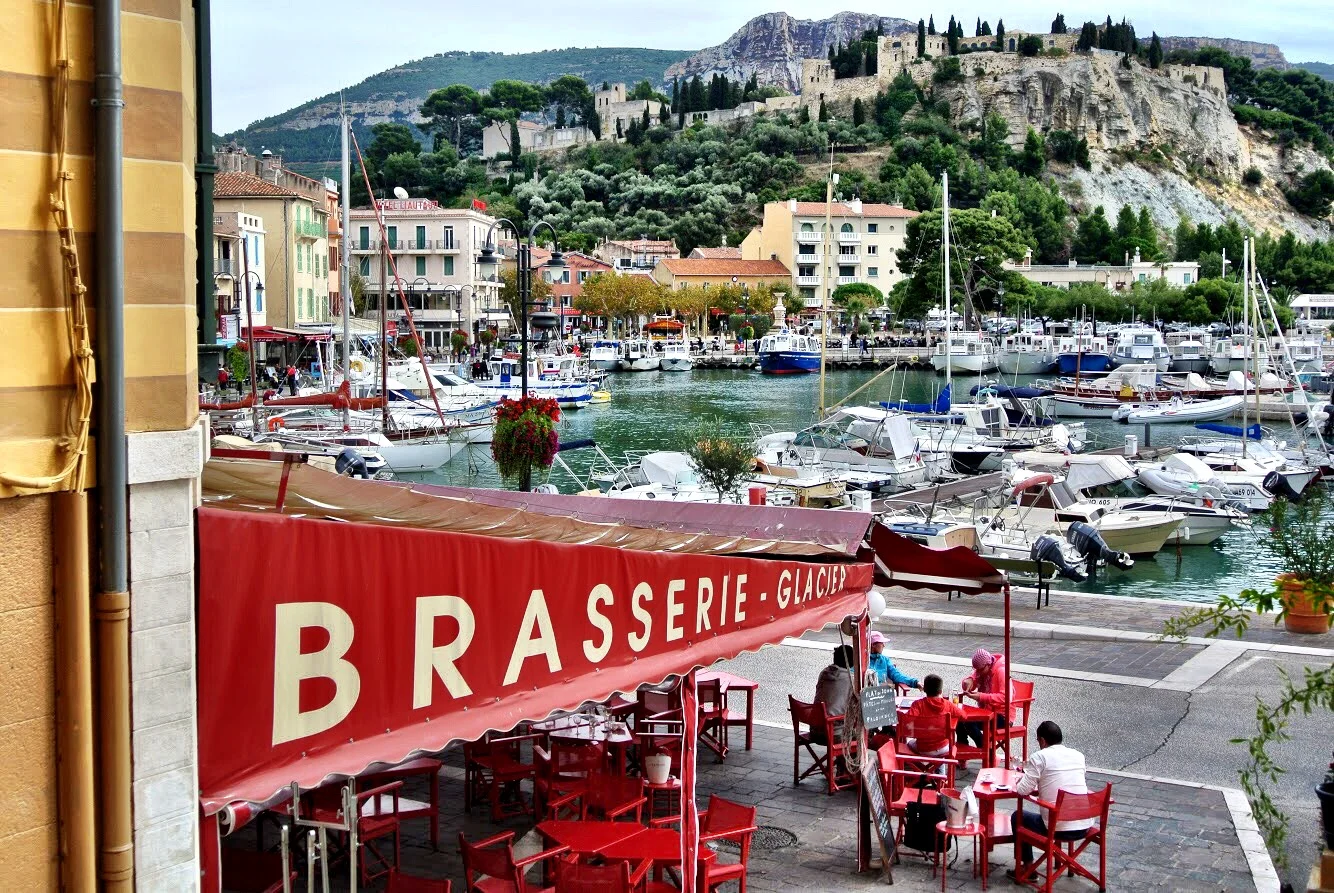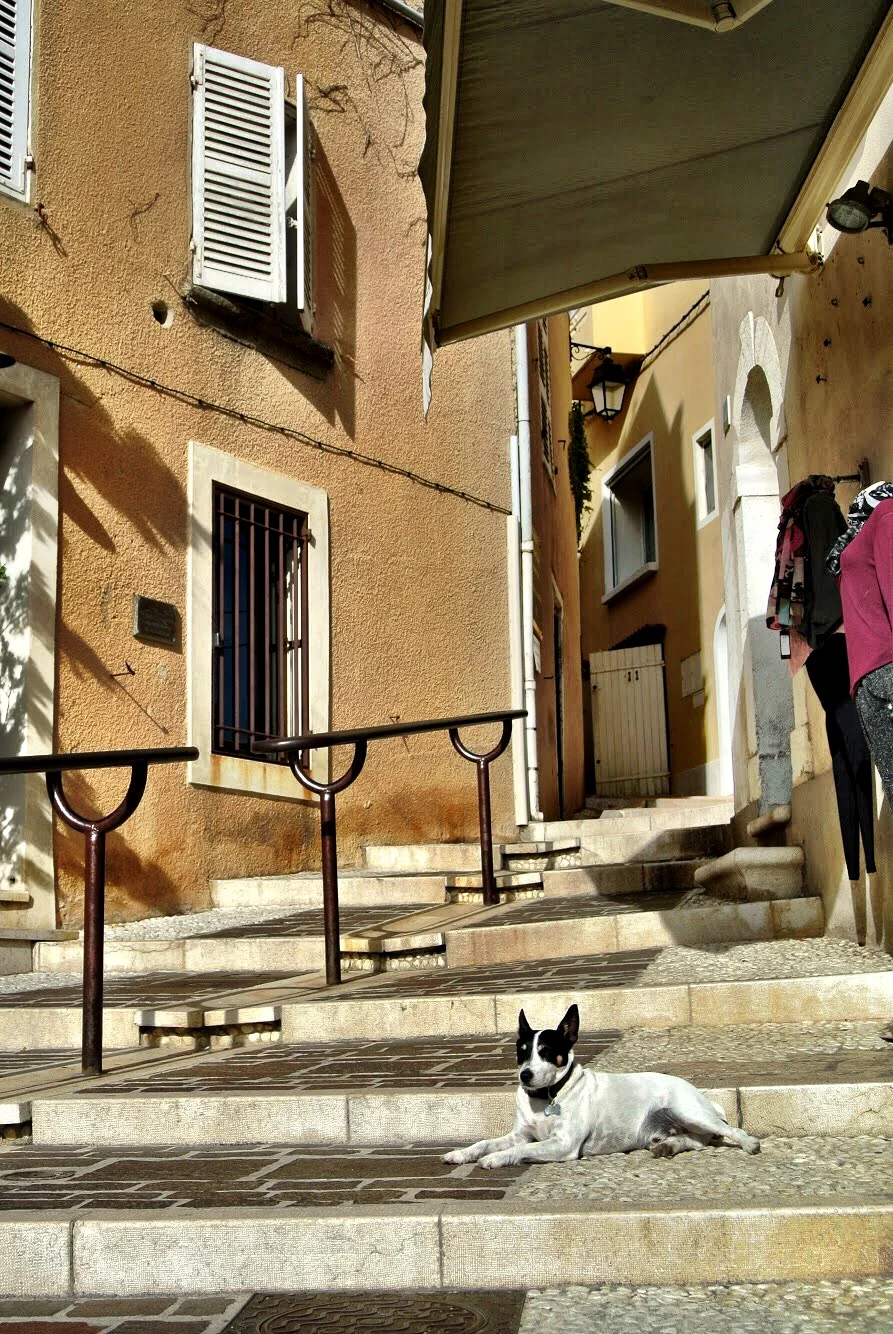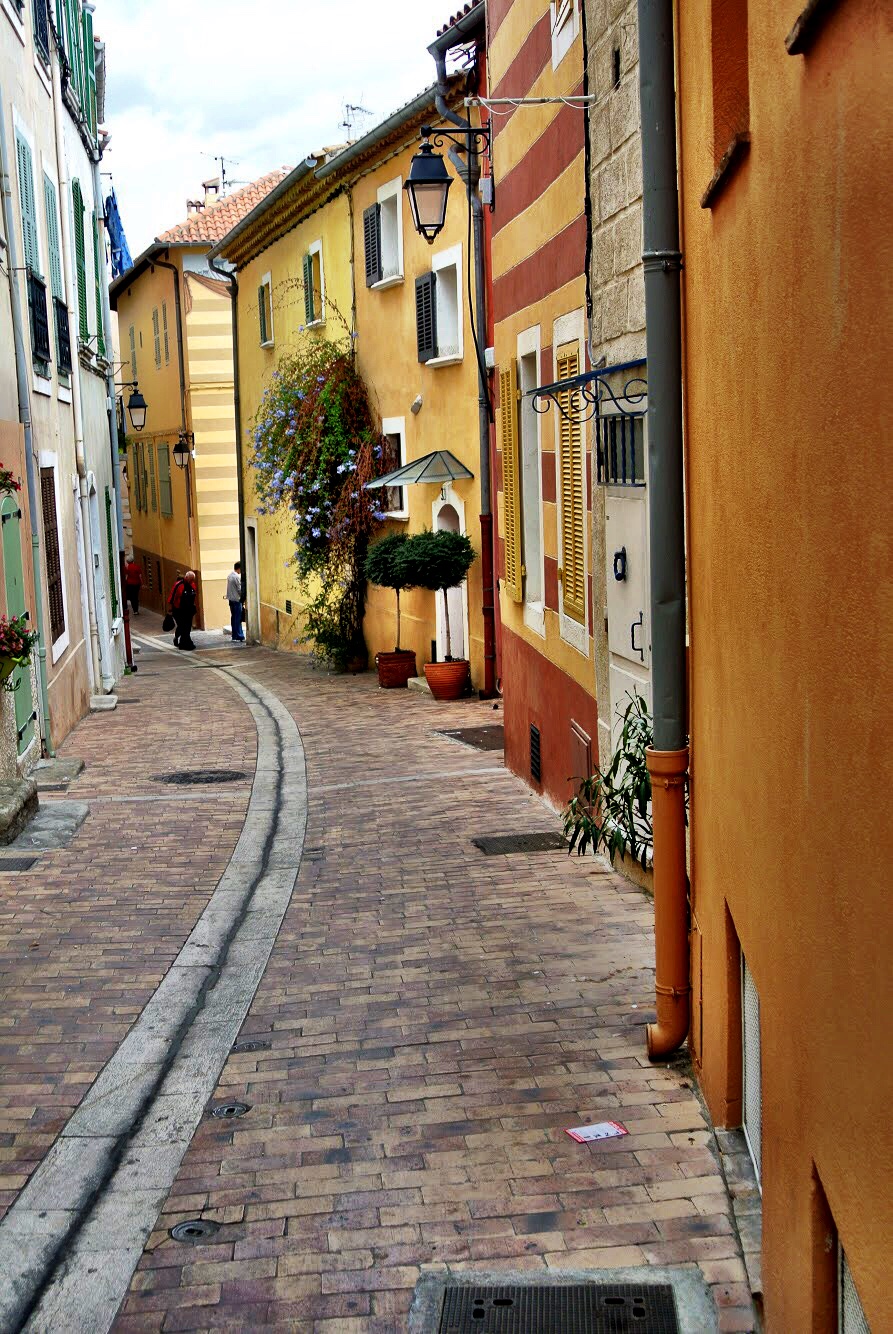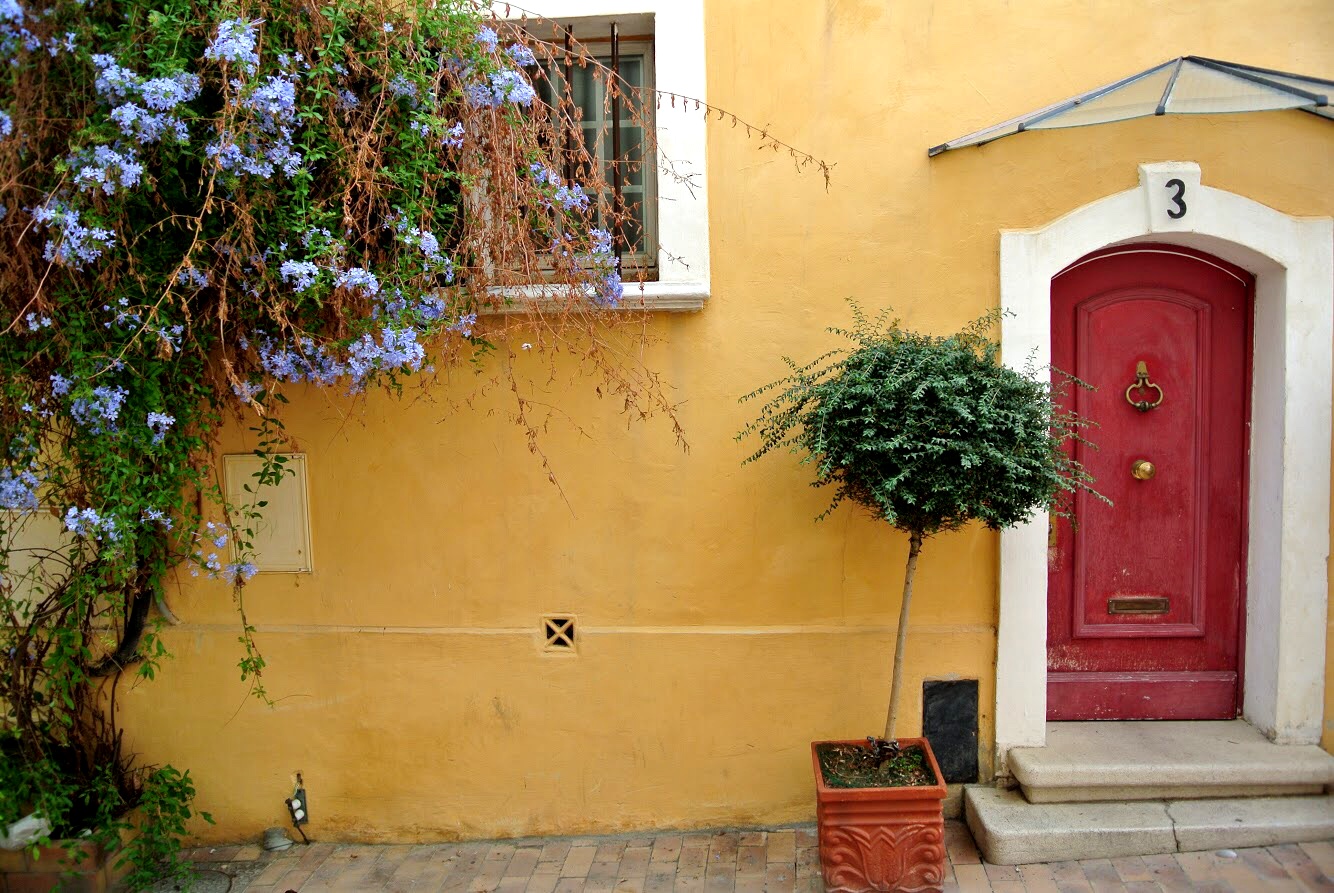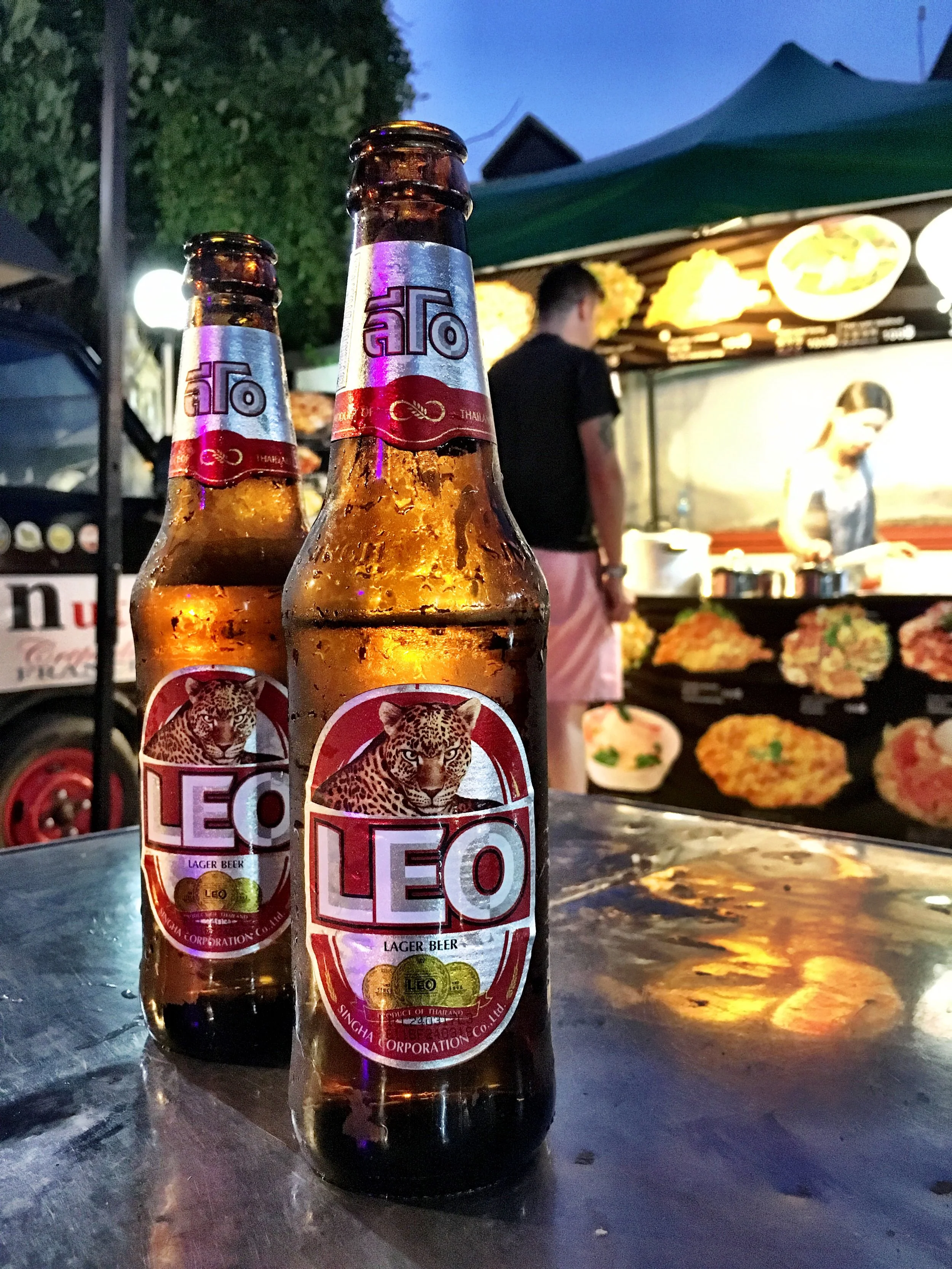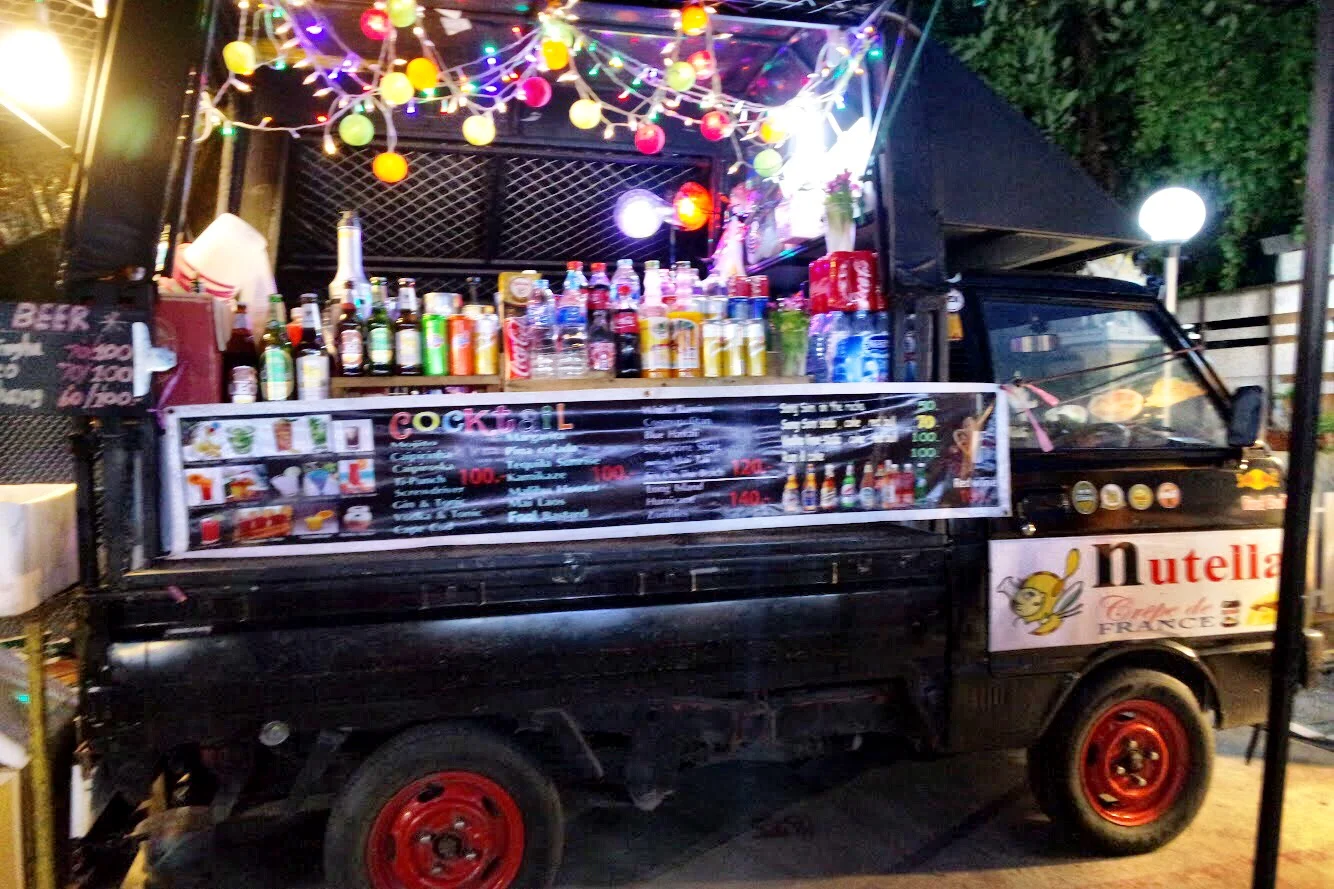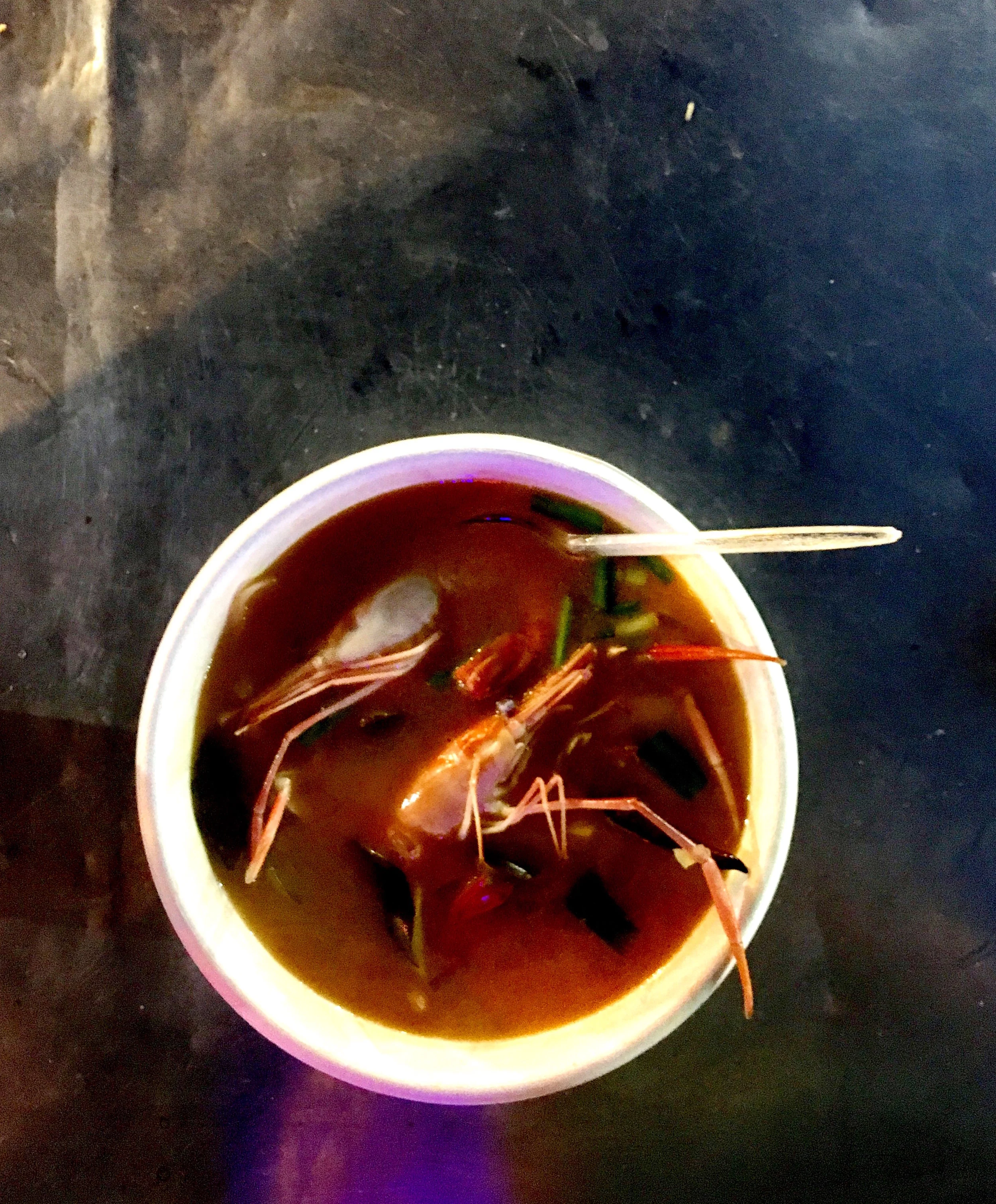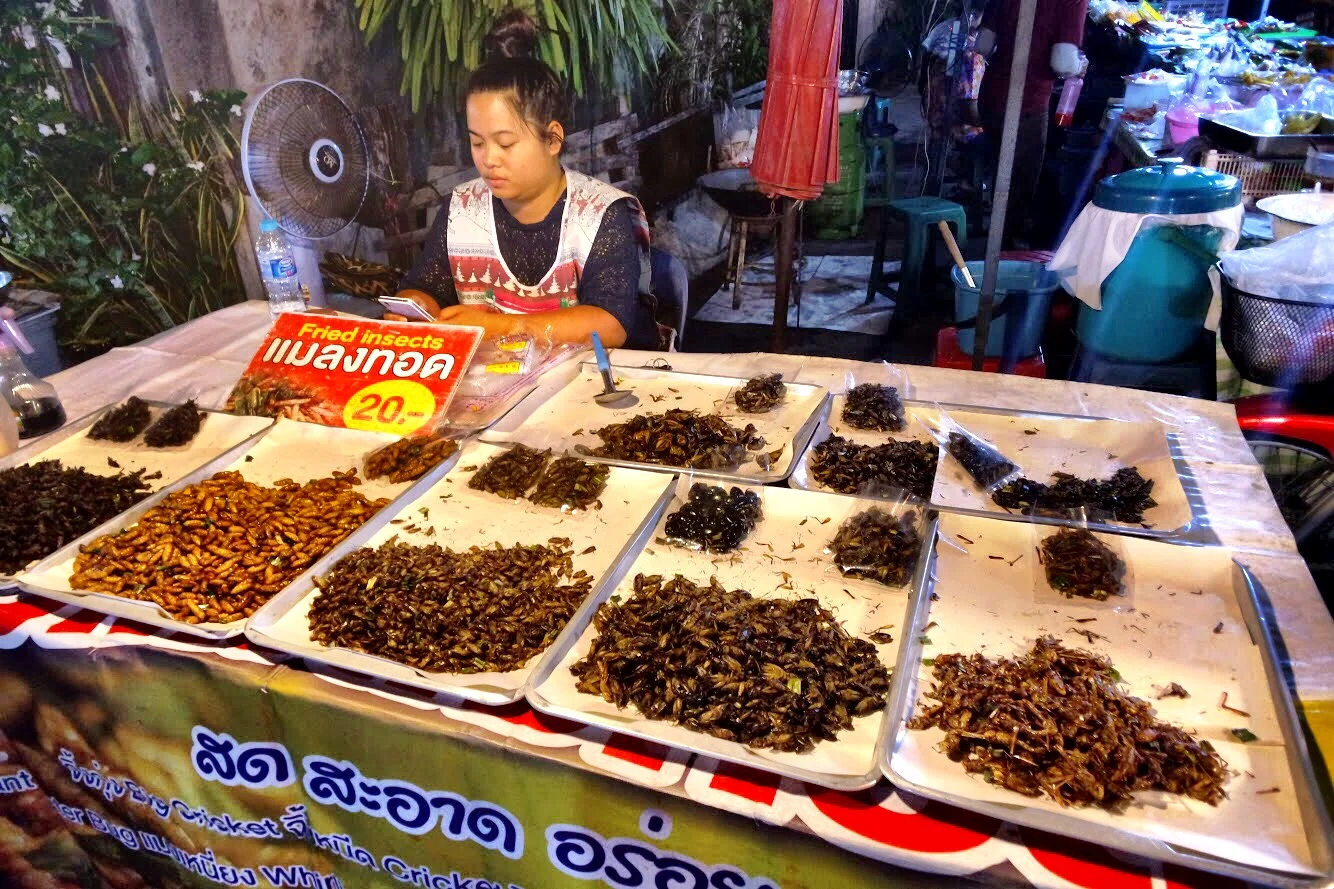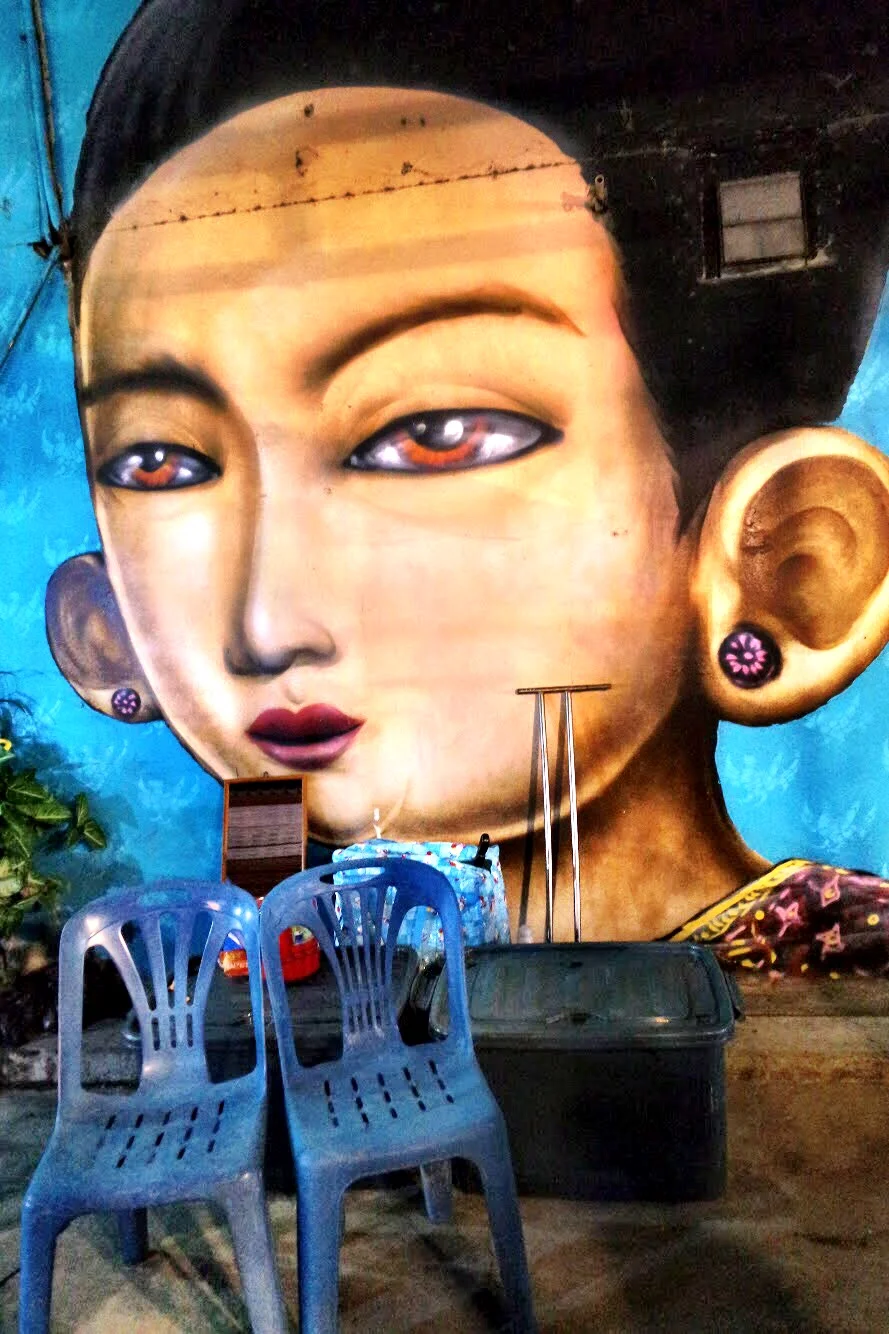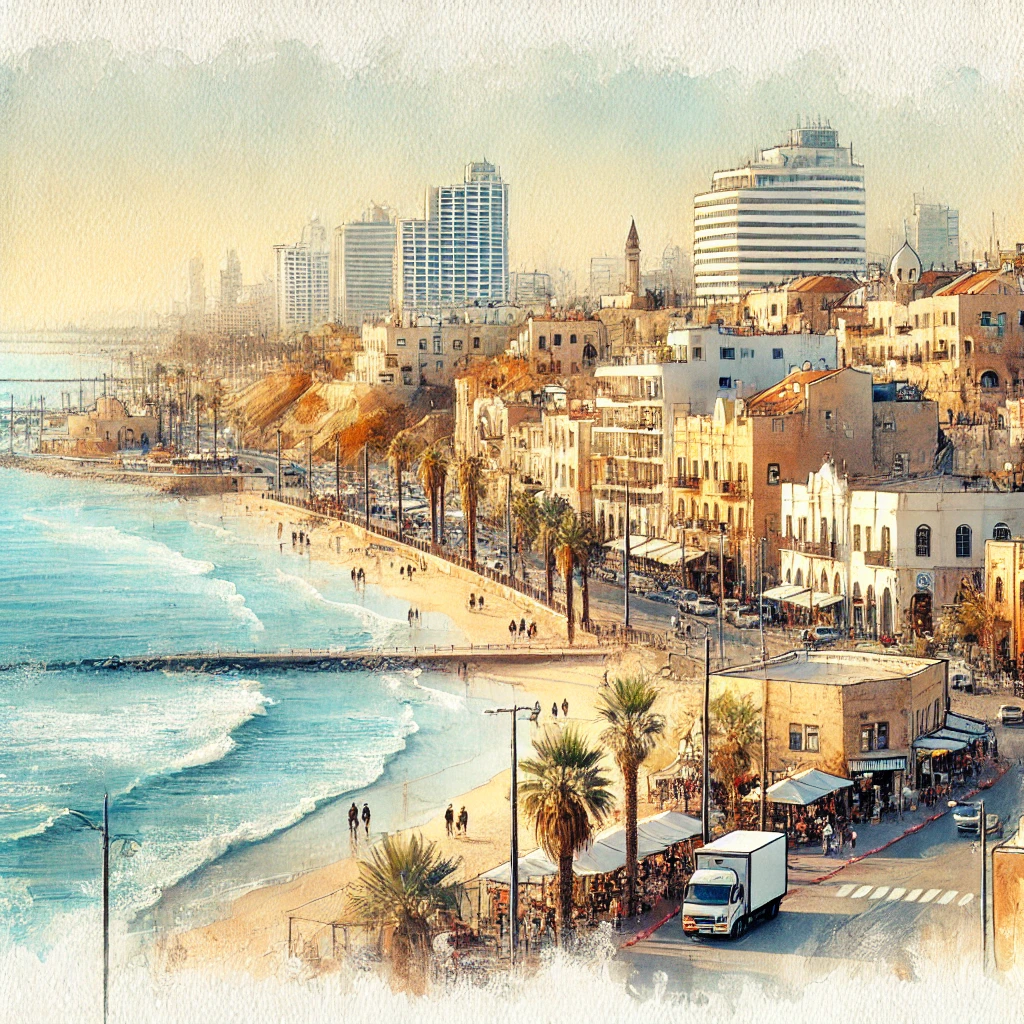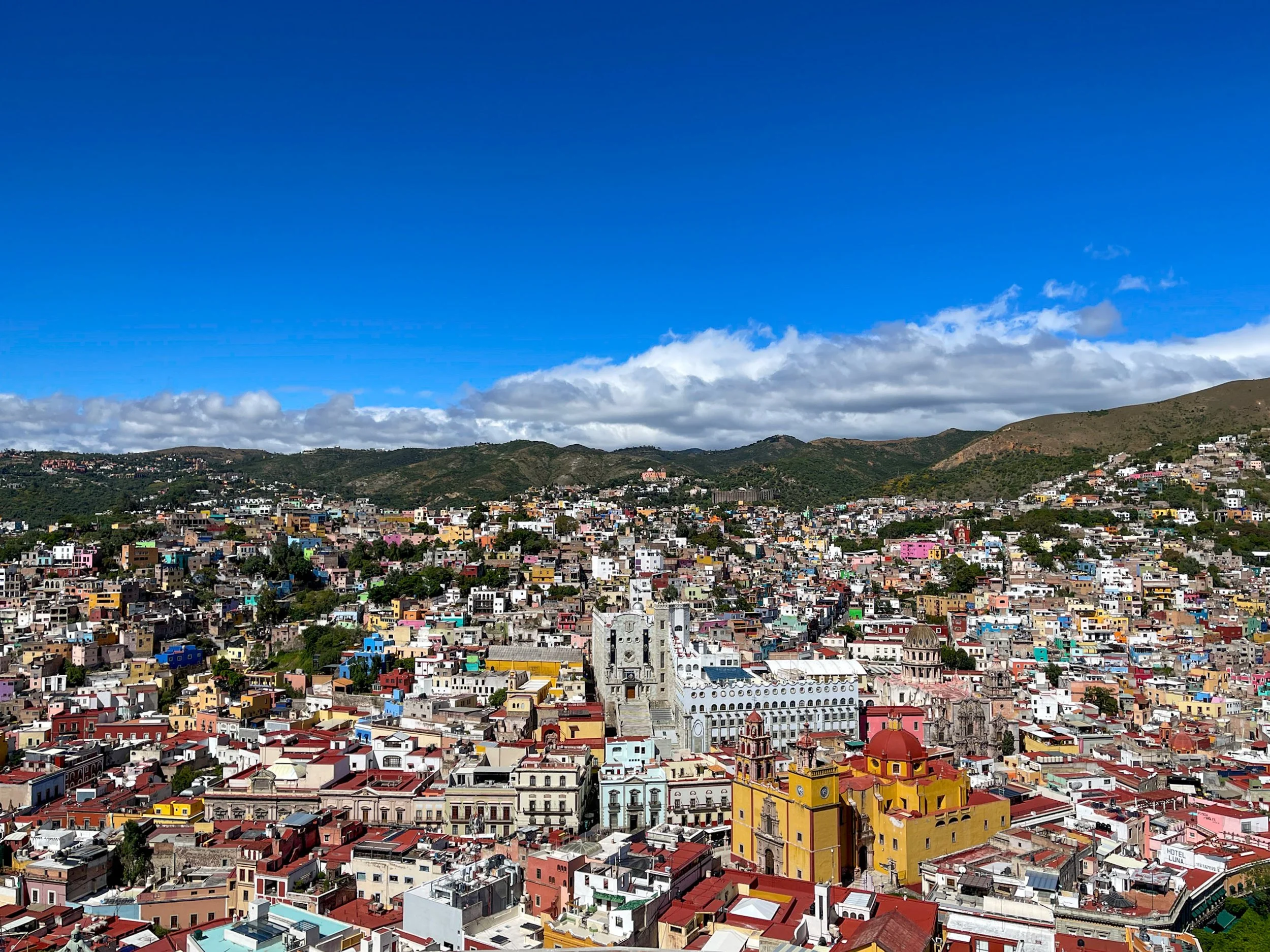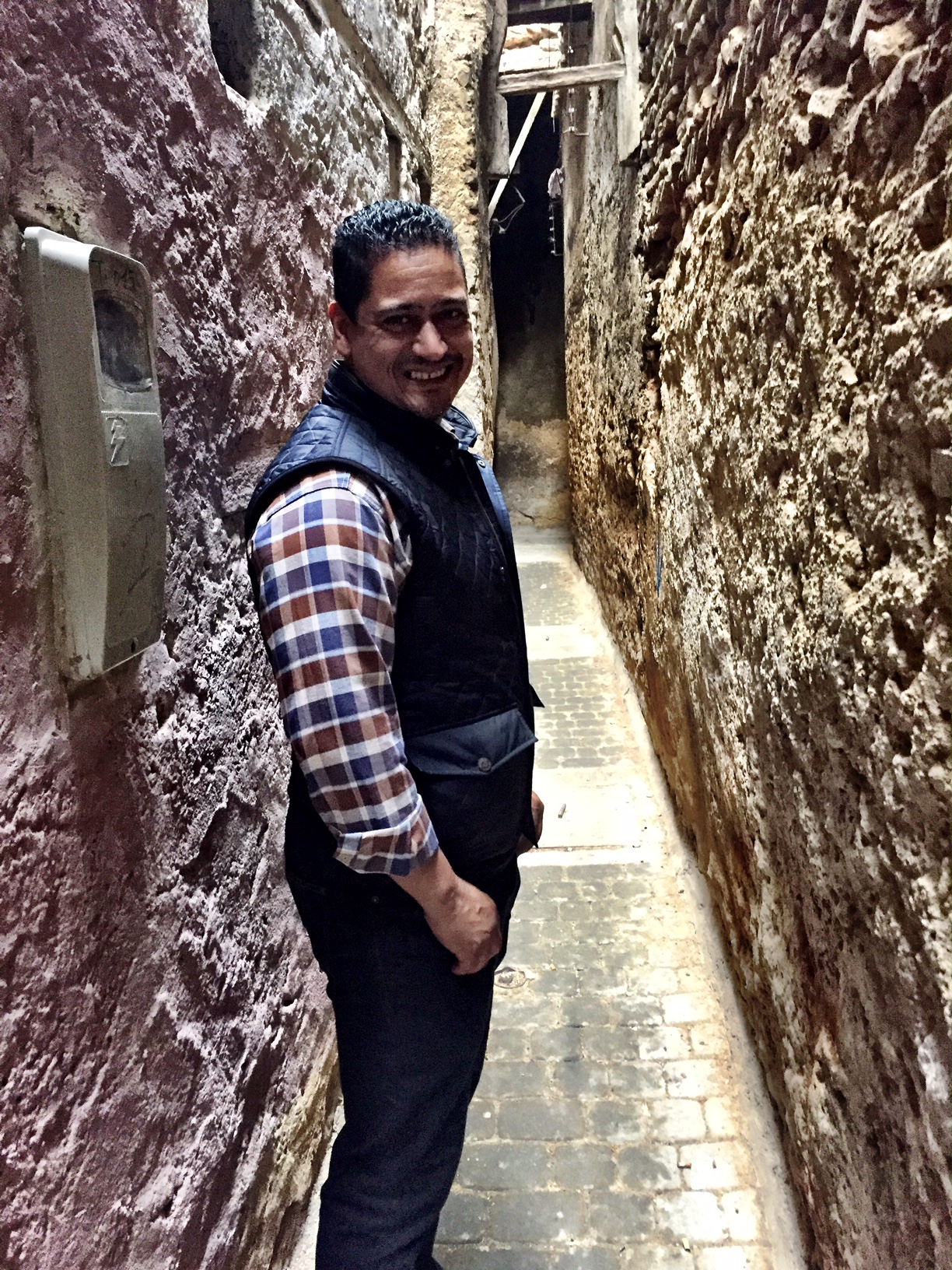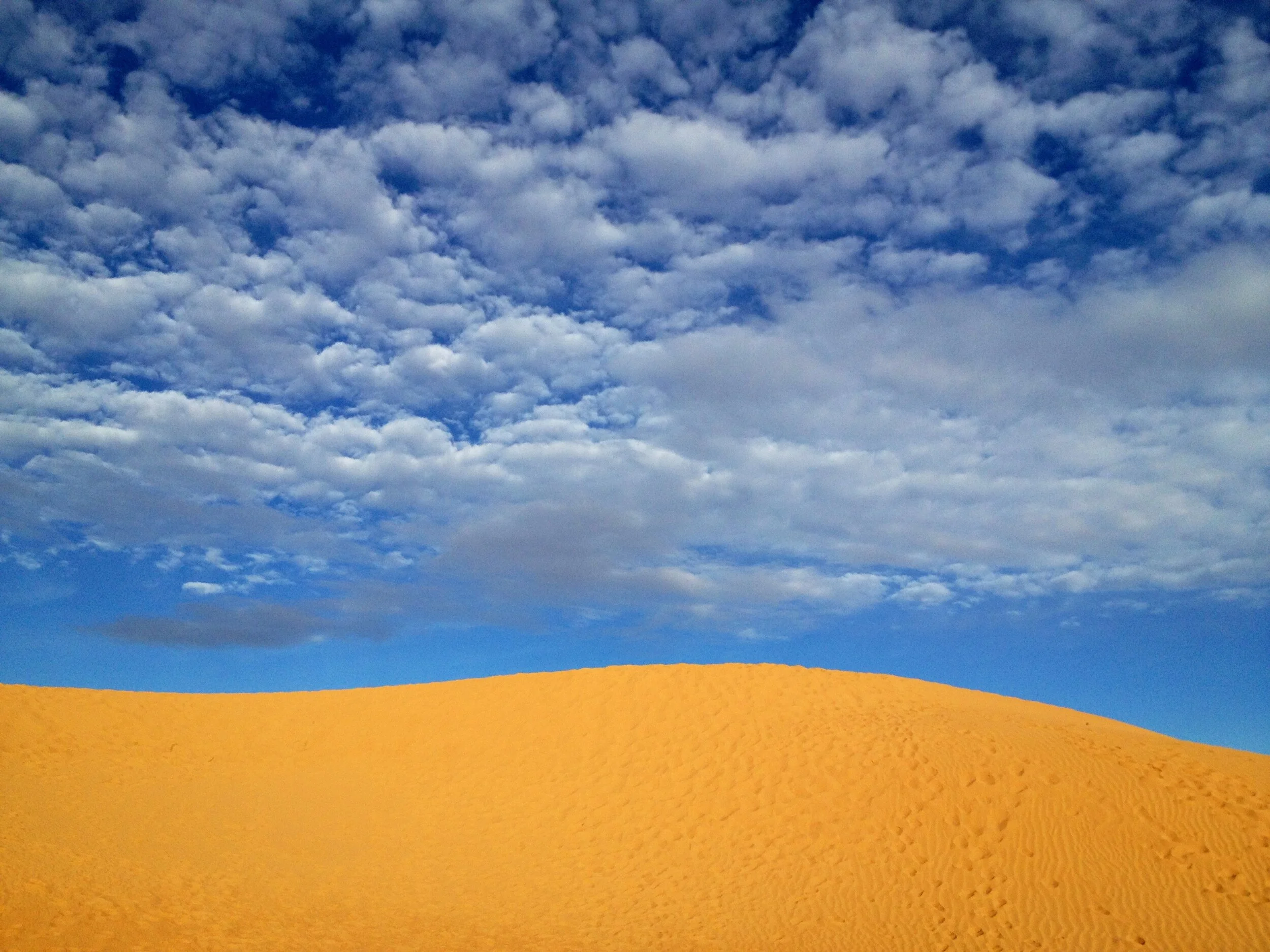Our favorite tie dye clothing designer in Chiang Mai explains how indigo is made.
Pattaya Mee, owner of HaNa Natural Indigo, with one of her designs
Mysterious and alluring, indigo has a long and storied history, spanning millennia, cultures and continents. One of the oldest natural dyes known to man, its hue is a symbol of status amongst the nomadic Tuareg of the Sahara. In Hinduism, the god Krishna’s complexion is depicted as blue, and the Virgin Mary is typically draped in a blue veil in Christian art.
There are many different species of indigofera, the plants used to produce indigo dye. One of the most common is the indigofera tinctoria, native to India and Asia. Indigo is the only dye in the world that starts blue, changes to green, and transforms itself again to blue.
“I love it when the dye changes from green to blue with oxidation — it’s magic!”
Though it has been used continuously for thousands of years, the natural dyeing process is long and arduous. In order to extract the dye, the leaves of the plant must be fermented for a week. To achieve the darkest of indigo blues, the fabric is dyed as many as 40 times!
A dip-dyed ombré T-shirt Patty created hangs to dry
HaNa Natural Indigo
While exploring the Anusarn Night Market in Chiang Mai, Thailand, Wally and I were drawn to Pattaya Mee’s booth with its variety of beautiful hand-dyed apparel. We struck up a conversation with her and were charmed by her smile and her story.
Before starting HaNa Natural Indigo as a full-time business, Patty worked at a media company in Bangkok. In her spare time, she attended workshops, where she learned about natural dyeing. With no formal training, she began nurturing her hobby, selling her pieces around Bangkok and Chiang Mai. In 2015 she relocated to Chiang Mai and established HaNa Natural Indigo.
What drew you to indigo?
I experimented with many different types of natural dyes, but fell in love with indigo. I love it when the dye changes from green to blue with oxidation — it’s magic!
What type of plant does the indigo you dye with come from?
I use the leaves from the Baphicacanthus cusia Bremek plant, which we call hom in Thai.
The Baphicacanthus cusia Bremek plant, or hom, can be used to make indigo
How is your indigo dye made?
The exact recipe is a secret. Every artist and studio has their own set of ingredients. I can’t tell you what they are, but I can tell you that many use a dye-producing leaf mix that’s soaked in water and fermented until the mixture becomes yellow or green in color. This is an indication of good-quality indigo.
The exact method Patty uses to create her indigo paste is a secret
What are the steps taken for the dyeing process?
- Step 1: Plant
- Step 2: Harvest
- Step 3: Soak
- Step 4: Ferment
- Step 5: Oxidize
- Step 6: Filter
- Step 7: Collect the paste
- Step 8: Prepare the vat
- Step 9: Dye
Creating and dyeing with indigo involves a nine-step process
Your pieces are diverse and imaginative. Where does your inspiration come from for the designs?
Nature and music. There are always imperfections in nature, and with natural indigo dyeing, no two garments will ever be alike. Some patterns are exaggerated like the mountains or the sea. I listen to silly pop songs while creating and like to think that whimsy is reflected in my work.
Blue hands are a telltale sign that the person works with indigo (or is the god Krishna)
One last question: How do you get the dye off your hands?
You can’t. :)
If you happen to be in Chiang Mai, you can visit Patty at the Kajidrid shop at the InterInn Hotel just outside the Old City. We purchased an indigo dyed T-shirt and silk scarf all at reasonable prices for handmade pieces — plus they’re easy to pack! –Duke
The adorable Kajidrid shop sells HaNa Natural Indigo products
Kajidrid
17 Thapae Road, Soi 5
ChangKlan Sub-District
Mueang District, Chiang Mai

